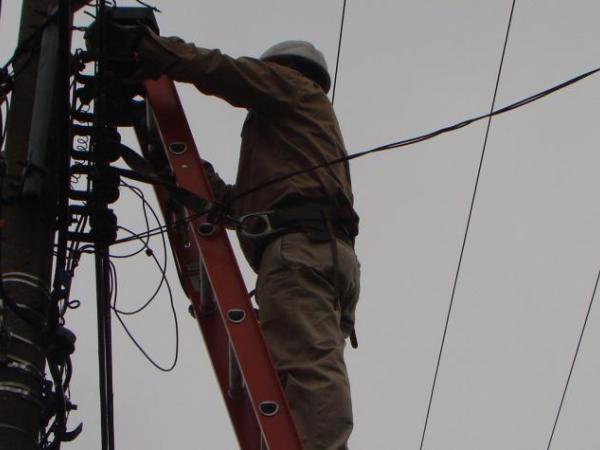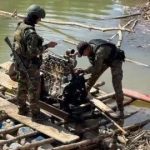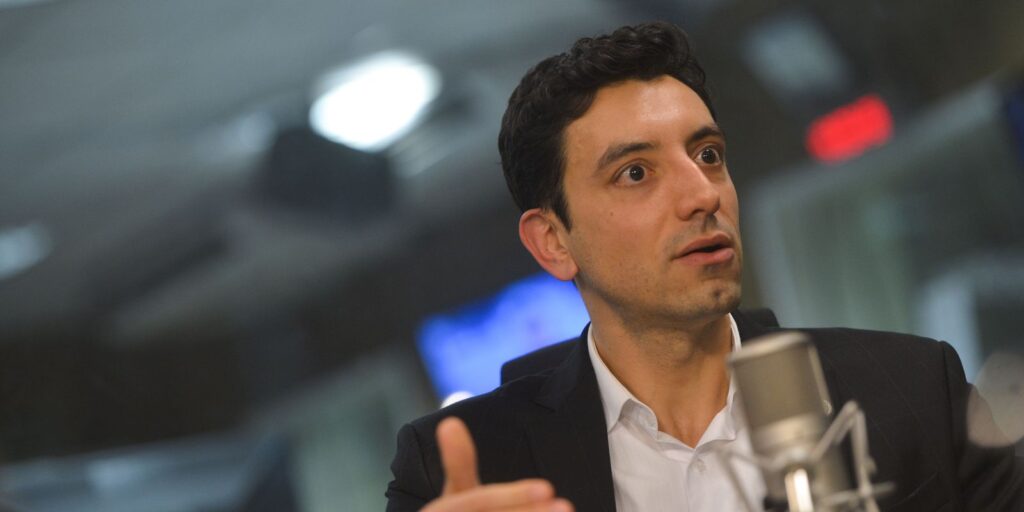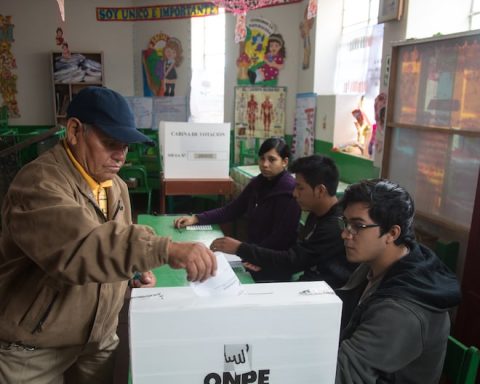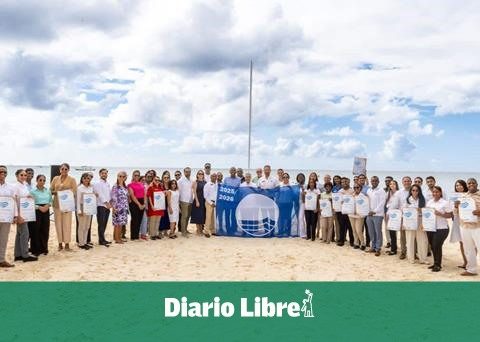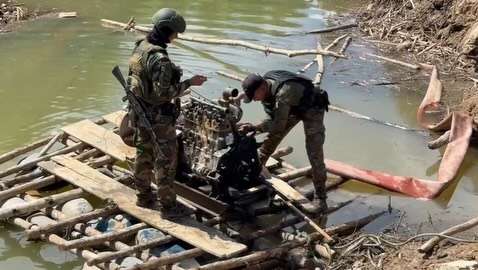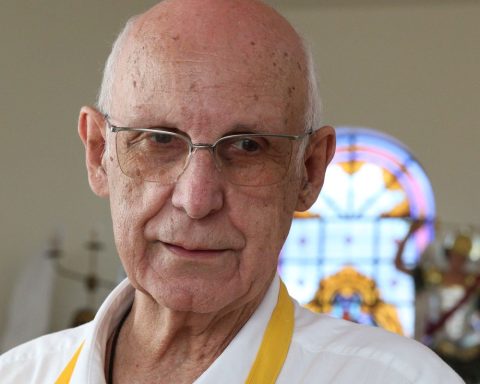Upon his departure from the Ministry of Mines and Energy, the then leader of the ministry, Diego Mesa, highlighted that in the four-year period they had managed to connect little by little more than 90,000 people for the first time to the electricity service. How would that leave the panorama of coverage for this service in the country?
(Read: The path to move towards clean energy, according to Vanti).
According to data from the Ministry of Mines and Energy, as of July this year the rate of electricity coverage (Icee) was 97.17% of households in the country had an electricity connection, an advance of 63 basic points compared to the figure for 2018, which had been 96.54%.
Nevertheless, the data reflects that there is a total of 404,231 homes still without service, with a notable difference between the data of the headers and the other areas. For example, 99.5% of households in municipal capitals are connected to the service, while in other areas this figure reaches 87.1%.
Although the number of people receiving energy in their homes is high, there are some specific areas in which the percentage is low. There are six departments whose Icee is less than 90%. Are Vichada, La Guajira, Amazonas, Guainía, Putumayo and Chocó.
In the case of Vichada, for example, 57.78% of its population is connected, which means that the rest do not have public service, almost 8,200 households. However, in nominal terms, La Guajira has the largest number of families without connection: 77,601.
Percentage 39% of homes do not have electricity. In addition, it means that in Guajira there is 19.2% of all families nationwide that do not have this service.
On the other hand, the greatest progress in recent years has been Vaupés (45.3 percentage points), Guaviare (20.9 points) and Guainía (15.9% pp). The total number of people connected in these departments was 10,426, which represents 11.5% of the new connections in the country. But it is in Nariño where there are more new users: 11,002 (12.1% of new connections).
The connection challenge
As the most remote areas of the country have the most difficulties in connecting to electricity, the new Government faces the challenge of improving coverage in the areas with the lowest numbers.
(Also: The keys to the project that seeks to ban ‘fracking’ in the country).
Sandra Fonseca, president of Asoenergía, affirms that “the most important thing is to comply with the expansions of the National Interconnected System to supply the demand efficiently and economically.”
However, the expert points out that there are costs associated with this growth in the network, since the expansion plans (and some delays) can make the final cost of energy more expensive for consumers throughout the country “by increasing the needs for security generation “. This production of security becomes more necessary to the extent that take time to enter generation and transmission projects.
Fonseca sees in this a challenge that the new government must take into account, as it could have an impact on the inflation of low-income households.
Daniela Morales Soler
